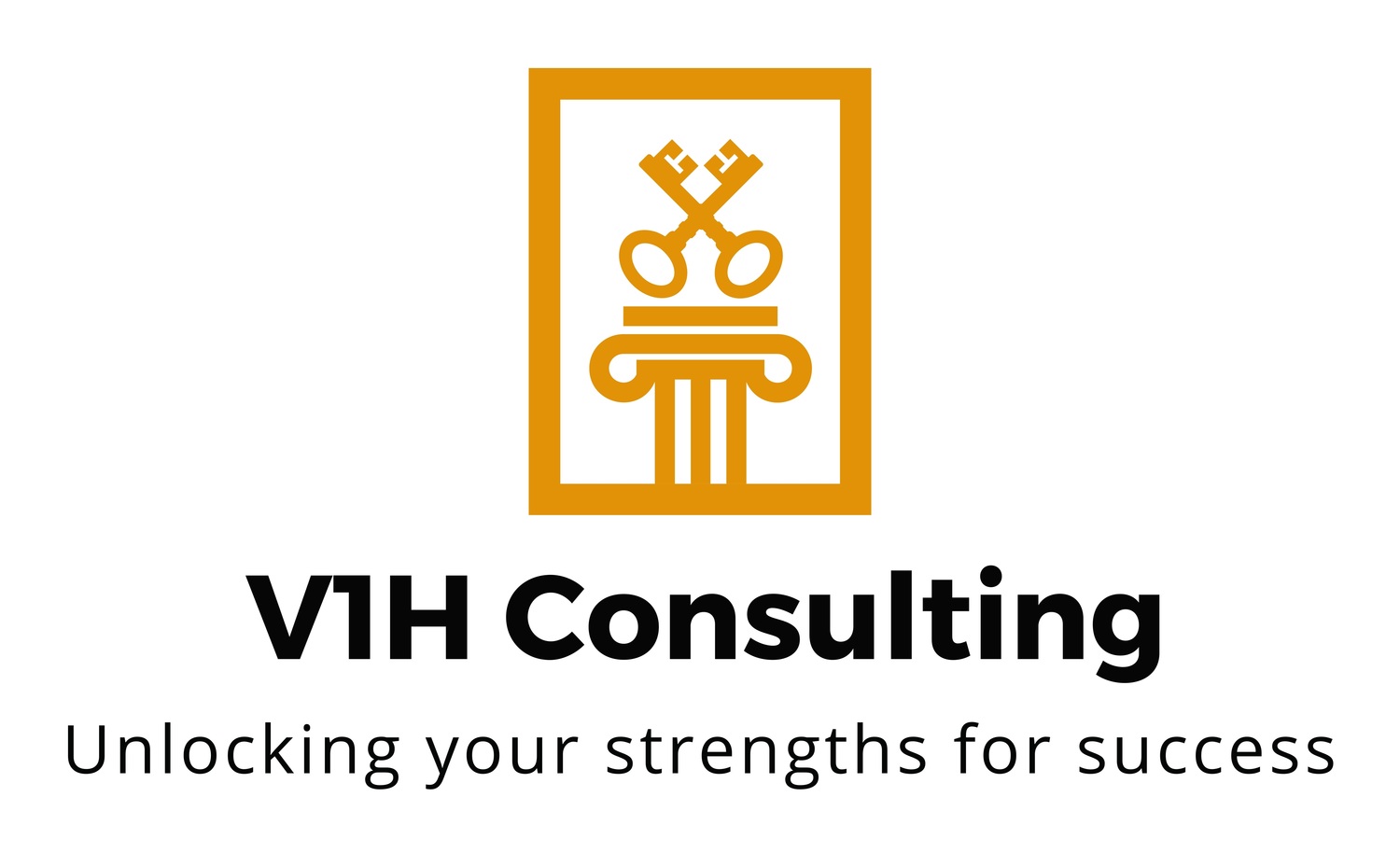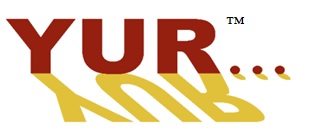My dad used to say “Life is a wonderful thing once you learn how to live it.”. For a long time, I thought that this aphorism was about the big things in life, like building a solid career, raising a family or having a positive impact on your community. While all of those things are certainly important, it wasn’t until I had an epiphany in my back yard that enlightened my idea on what my dad really meant. This realization was demonstrated to me while I was folding some lawn chairs for storage. For a couple of Summer seasons, I had great difficulty folding these particular chairs until one day in frustration, I slammed the chair legs on the ground only to find, much to my surprise, that the chair just collapsed and folded almost effortlessly. After successfully testing my system on the other chairs, I was elated. A great burden had been lifted from my soul. It was then that I began to see the value of how knowing the nuances about things can be very liberating. This led to me focusing on the “little” things that can really make a difference in maximizing my experiences on multiple levels.
For example, there are so many little things that if you just know how they function it would make your life easier. For years, I did not know that the hole in a soda can tab was designed to hold a straw. I also did not realize that the lid on a standard paper coffee cup was designed to be used as a coaster. These are only a few things that when you know how they work can make your life just a little bit better.
Applying this principal to understanding how things work like computers, smart phones and televisions can really make your life so much easier and richer. Now don’t get me wrong, I am no expert at any of these, but I do know that the more you know about these technologies the happier life can be.
Cars are an excellent demonstration of what I am talking about. Now when I go to rent a car it is a whole new experience. With all of the new technology that is now infused in automobiles, you never quite know what you are going to get. Not knowing the different features that a particular car has to offer; you can’t maximize the functionality. After driving the car for several days, you begin to figure out the different features.
Looking at something that is a bit more complicated, just like soda cans, cups and rental cars, children don’t come with a manual either. Parents raising children kind of have to figure it out as they go along. And, as most parents that have more than one child know, raising one child is entirely different from raising another.
Knowing how things function and knowing how to apply the different functionalities to meet specific purposes to achieve specific goals is critical to successfully accomplishing your objectives. Certain things are specifically designed for distinct functionalities. Keeping with the car themed analogies, certain vehicles work better in different situations. While race cars are perfectly suited to drive fast and handle with precision on a racetrack, they are not well suited for picking up groceries or carting the kids off to school. And, while your SUV or mini-van will do a much better job moving kids and groceries, they are not designed for speed or precision maneuvers.
Obviously, people are exponentially more complicated. Knowing how people in organizations function is fundamentally just as important as knowing the functionality of a car. As a leader, it is important to know how specific parts of your organization work and how the people work together to get things done.
Athletes develop their natural skills and talents to become the best at what they do. Whether their skill set is to dunk a basketball, score a goal or steal a base, it is the coach that needs to know how to put these talents together to formulate a winning strategy. Just like athletes that hone their skills to propel a team to victory and use their abilities to work in conjunction with other team members for the success of the team, people in organizations must do the same. Leaders should focus on developing talents and work to maximize teams using their collective strengths to attain successful outcomes. Just like knowing how to get the most out of your car or your technology; knowing how to get the most out of the people that you lead will get you the best results.
Unlike cars and technology, it is the human factor/emotional intelligence that connects us to others and enables us to lead with purpose; leading with heart matters. How you motivate, retain talent and improve morale are crucial leadership skills that require a human approach. All of us have had to make decisions, maintain relations and adapt to changes in our lives. These are the same challenges that leaders face on a daily basis.
Just as there are features on our cars and technology that we need to master, there are many elements of the people that you work with that you need to take the time and effort to learn and cultivate. You may work with people for years and not know their talents and nuances that may play a vital role in adding to your organizational operations. Learning these abilities will bolster your leadership impact. Maximizing an individual’s potential begins with knowing their talents, developing their abilities and building their work and careers around their strengths.
As with the cars you were built differently - for different purposes - but ALL of you have talents and skills that are distinctly yours. And, like the cars, can achieve a particular purpose in the leadership realm and make significant contributions to your organizations.
So, what does all of this mean? Leading in the 21st century requires a new style of leadership. I am not suggesting that everybody will be the CEO of a major corporation, or hold a high office in the political arena or marshal in a large scale cultural change – What I am saying is that we all poses talents that when cultivated contribute to organizational success.
No one person knows it all. Leaders must rely on those that they associate with to make good decisions, implement effective policies and to execute changes effectively.
We have long built our organizational objectives by molding people around our leadership goals; we now need to mold our leadership goals around the people. Change from boss mentality to coach mentality”
- Jim Clifton
Leadership is no longer judged by accomplishing big changes but by the small but significant operational contributions that move the needle and promote positive change.
Marin Luther King once said, “If I cannot do great things, I can do small things in a great way”.
An example of how making independent, relatively small decisions can make a huge difference in the grand scheme of things and can make a lasting imprint; Last year, one of the deadliest mass shootings in U.S. history occurred at an Orlando nightclub. Chief Medical Examiner Joshua Stephany had been filling in as medical examiner for the county. Dr. Stephany made the decision to separate the bodies of the 49 victims from the body of their executioner. He said, - “There was no legal reason, no protocol” for separating the gunman, “It’s just what I felt was right.”.
“True leadership is doing the right thing and making the right decision at the right time.”
“Becoming a leader is synonymous with becoming yourself. It is precisely that simple and it is also that difficult.”
- Warren Bennis
As automobiles were built to transport people and things, each with their own unique features and capabilities contribute to getting the right job done with the right capabilities, so are you. How this is done is defined by the specifications of the vehicle. How you lead is defined in your specifications. Your specifications include many factors. Talents, thinking and emotions are defined in your unique specifications. They are your leadership tools.
You are built to make decisions and take actions to resolve problems. You are specially designed to build and cultivate relationships that create synergistic teams. When things go amiss, you are built to take decisive actions. When making plans, you think strategically and when executing those plans you use your powers of persuasion to influence others to help you accomplish your goals. When leading, you are built to instill trust in others and demonstrate courage when taking risk while managing change. These are your talents - Your talents are your tools -Your talents are the keys to your success!
Contact us and let’s get your leadership style identified to help you flex your skills and improve your work and life.
You Were Built to Lead!
Written by: Larry Hammond, Sr.


















